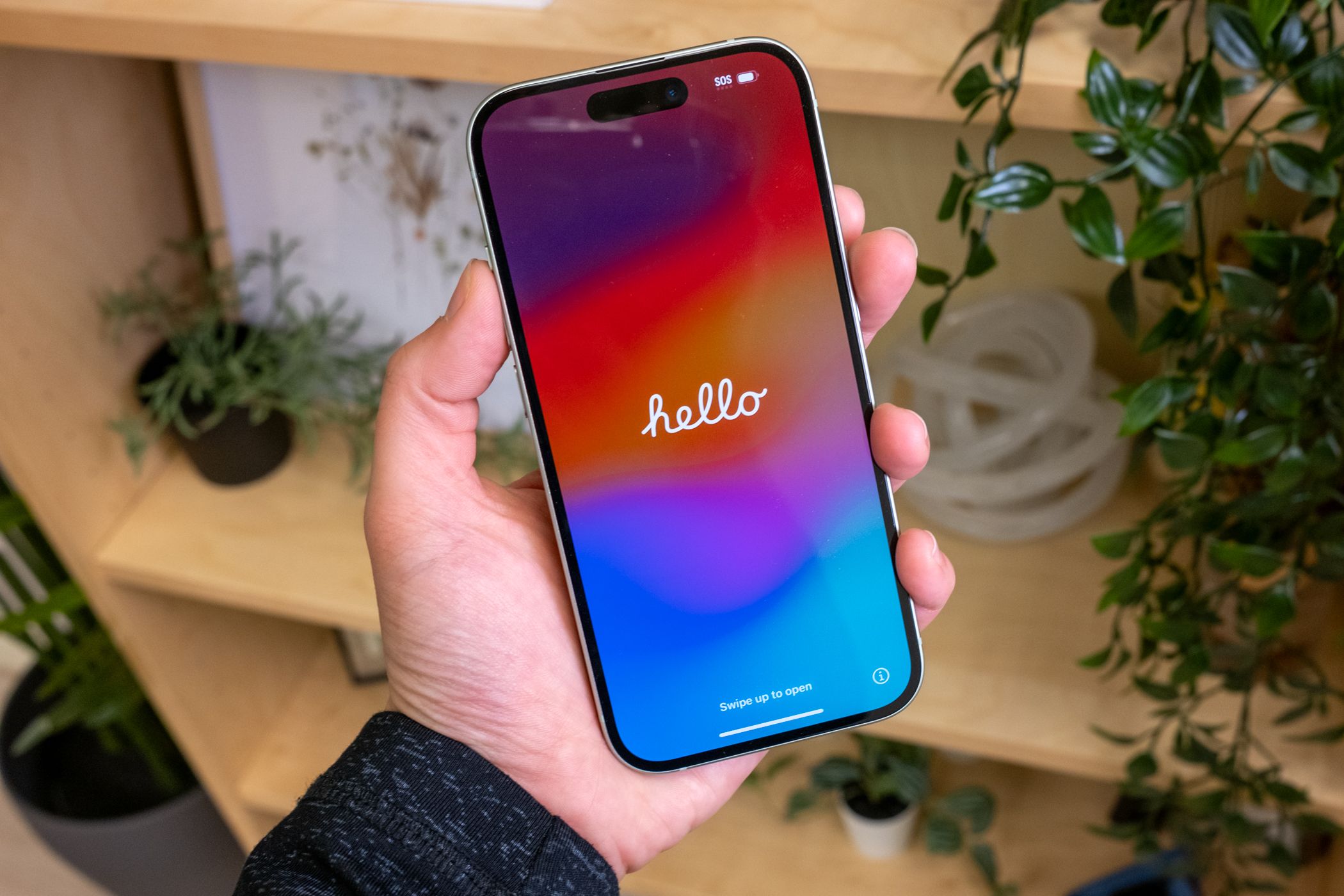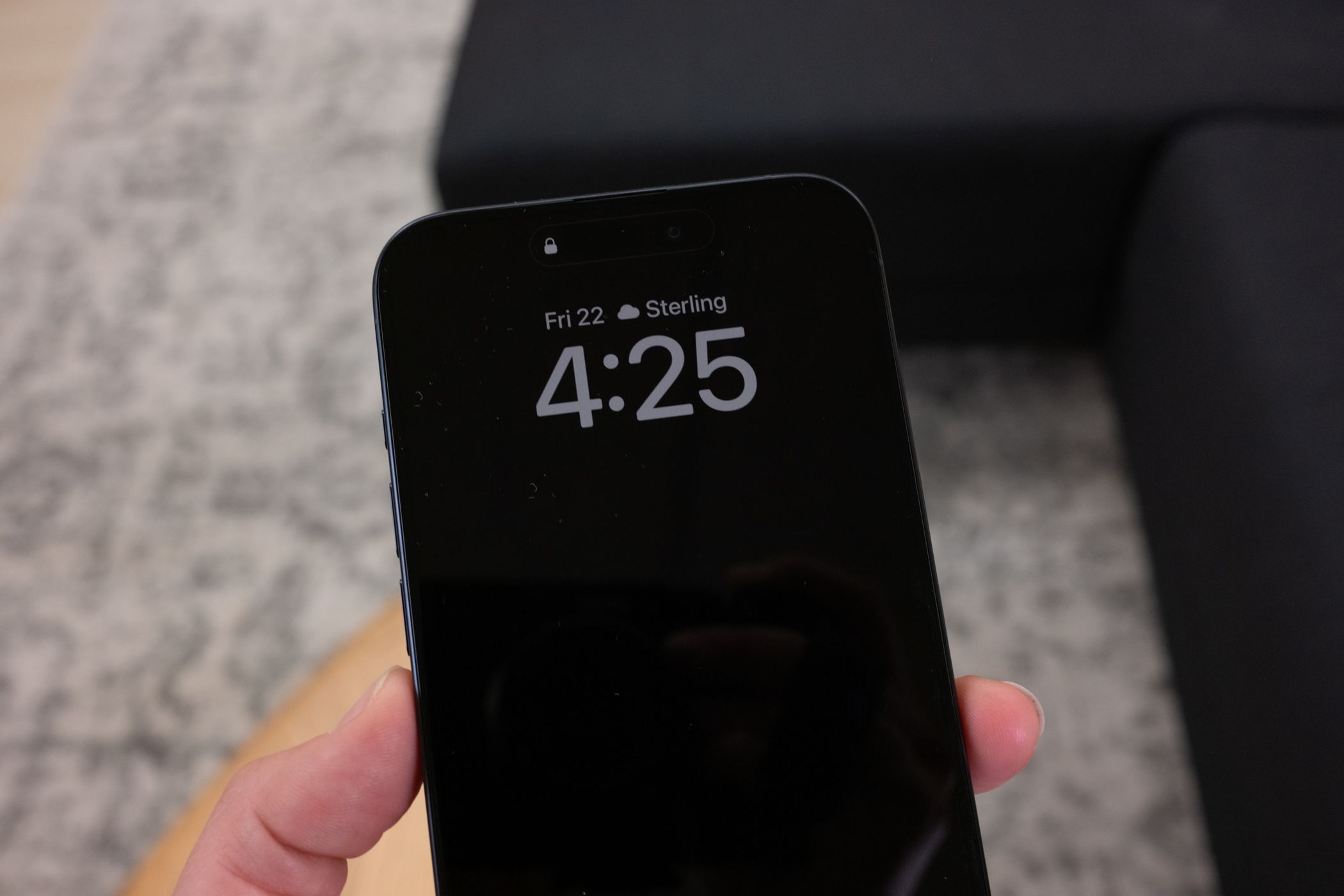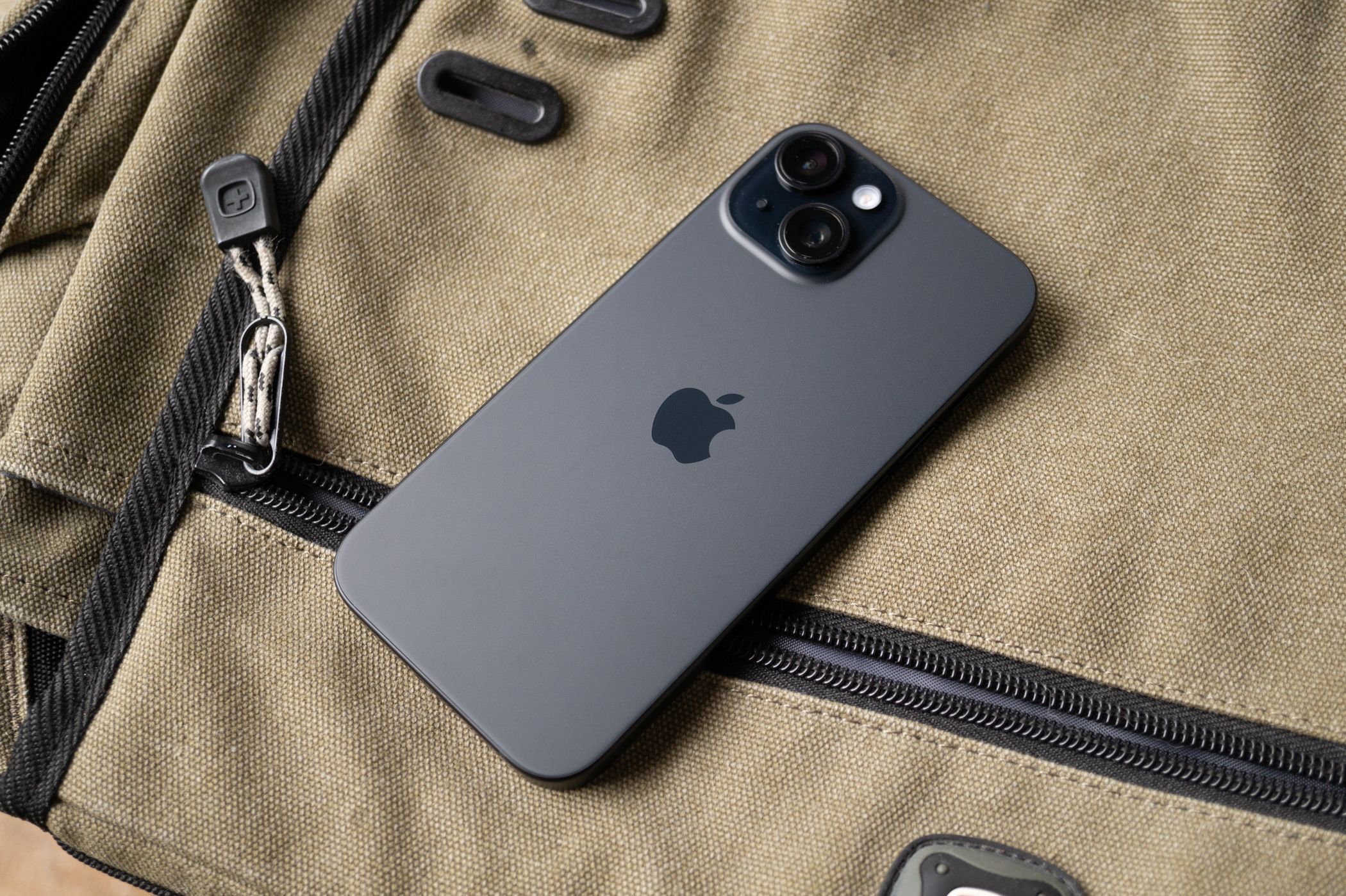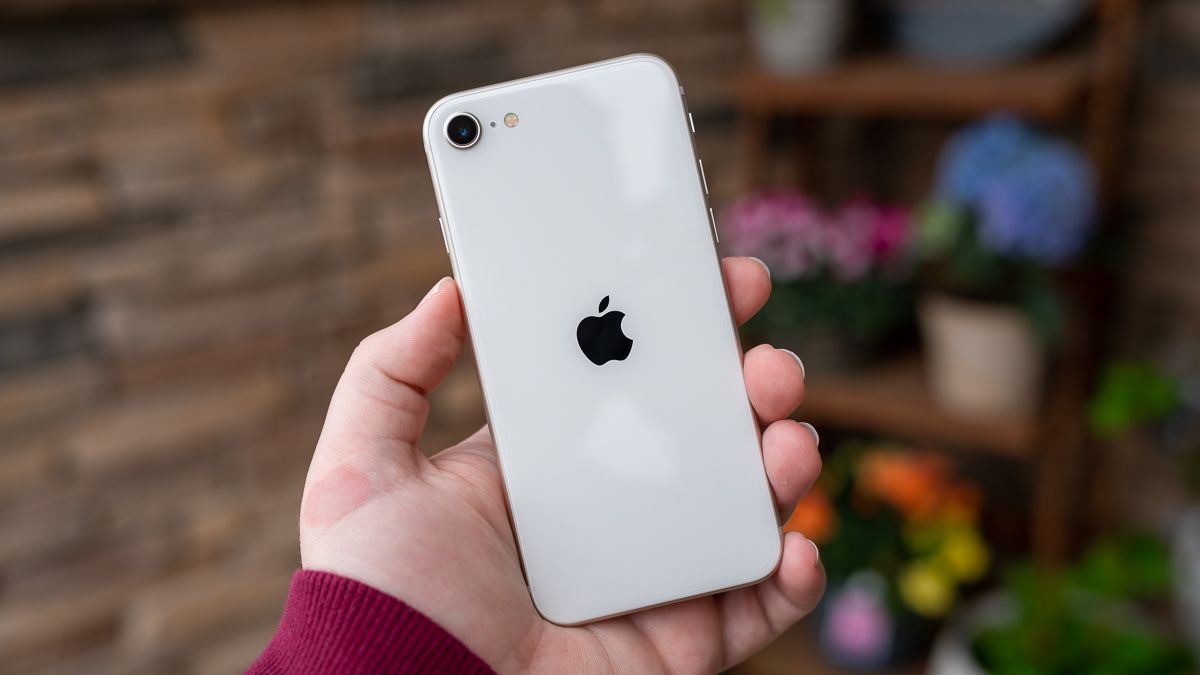Read update
- We've reviewed our recommendations and have updated our picks of the best iPhones you can buy to include the latest iPhone 15 and iPhone 15 Pro series.
The iPhone range now includes more sizes and price points than ever before. This might make it challenging to know which model to pick and what exactly the differences are.
UPDATE: 09/27/2023
We've reviewed our recommendations and have updated our picks of the best iPhones you can buy to include the latest iPhone 15 and iPhone 15 Pro series.
What to Look For in an iPhone in 2023
The iPhone is Apple's take on the smartphone that now incorporates a range of models. The original iPhone was introduced in 2007, and since then, the device has been through many different hardware transitions to get to where we are today.
Apple takes a closed approach to its ecosystem, which some users may find restrictive. The boundaries to what you can do on your device are set by Apple, including only installing software from the first-party App Store.
The upside to this is that the iPhone enjoys a reputation for being easy to use since Apple designs the software and hardware with the user experience in mind. Apple has been diligent about enforcing a permissions system that puts the user in control of what apps can do. In 2021, Apple forced app developers to be even more transparent with App Store customers.
The iPhone is also well-regarded from a security standpoint, though no device is "hack-proof." The iPhone pioneered security advancements like Apple's secure enclave, which eventually made its way into the Mac. Though iPhone malware does exist, it's thankfully rare due to how iOS and the App Store are maintained.
There's an iPhone model for everyone, including budget users with the iPhone SE. In recent years, Apple has reserved its bleeding-edge features for the higher-end iPhone Pro line. That means the traditional numbered iPhone releases are now the standard, all-rounder models.
In 2023, Apple finally changed the charging port on its smartphones to a standard USB-C port. Of course, if you have an older iPhone, you will still need a lightning charging cable. You can also charge many iPhones wirelessly using a Qi wireless charger or get a more powerful charger and enjoy fast charging from the wall instead.
If you are thinking of buying an iPhone, also consider an AppleCare+ warranty package. Not only does this extend your coverage to two years (though some countries already have a two-year limited warranty as standard), but it also provides two instances of accidental damage cover.
|
How Did We Research |
||
|
Models Evaluated |
Hours Researched |
Reviews Analyzed |
|
15 |
16 |
22 |
How-To Geek's product recommendations come from the same team of experts that have helped people fix their gadgets over one billion times. We only recommend the best products based on our research and expertise. We never accept payment to endorse or review a product. Read More »
Best iPhone Overall: iPhone 15 Pro Max
|
Pros |
Cons |
|---|---|
|
Light yet durable design |
Premium price |
|
5x telephoto zoom |
Charging isn't any faster |
|
A17 Pro processor |
|
|
Action button |
Apple's latest iPhone 15 Pro Max is here, and it's making some pretty impressive ways with a wealth of new features. Thanks to its lightweight yet stronger titanium design, the iPhone 15 Pro Max offers plenty of durability while somehow achieving slimmer bezels. With a 6.7-inch display, a brushed metal look, and weighing just 7.8 ounces, this iPhone feels way more immersive.
Of course, one of the most noticeable changes from the iPhone 14 Pro/Pro Max to the iPhone 15 Pro Max is the introduction of the USB-C port. Yes, Apple has finally done it, so it's time to ditch those Lightning cables and move forward with the industry standard. But, we do lose something that some users might find disappointing; the mute switch.
In favor of a new Action button, the mute switch is no longer. Instead, you can program what the Action button does via the settings on the iPhone 15 Pro Max. Whether you want to quickly launch the camera, voice recorder, or something else, it's easily done and easily replaced. The problem, however, is that you can only map one shortcut at a time, so choose wisely.
If you enjoy taking photos on your phone, the iPhone 15 Pro Max comes equipped with an impressive 48MP main camera and an all-new 24MP super-resolution photo option. You can expect rich colors, incredible depth ratio, Smart HDR, and the real talk of the show — the 5x optical zoom. Thanks to the design of the telephoto sensor, you can zoom in on those all-important details from afar without detail loss.
It's a lot to take in, but there's more. The iPhone 15 Pro Max sports the world's first 3nm chip, the A17 Pro. Enjoy a faster GPU, CPU, and Neural Engine, making the most out of the features in iOS 17.
While the iPhone 15 Pro Max does garner a higher starting price of $1,199, you do get a good selection of storage space options, including 256GB, 512GB, and 1TB. It's the best iPhone around, so your money will be well spent.
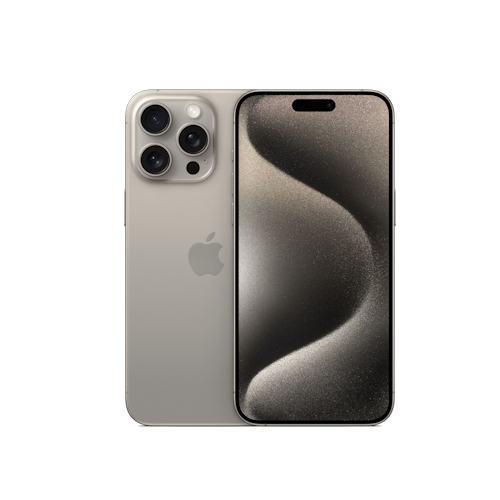
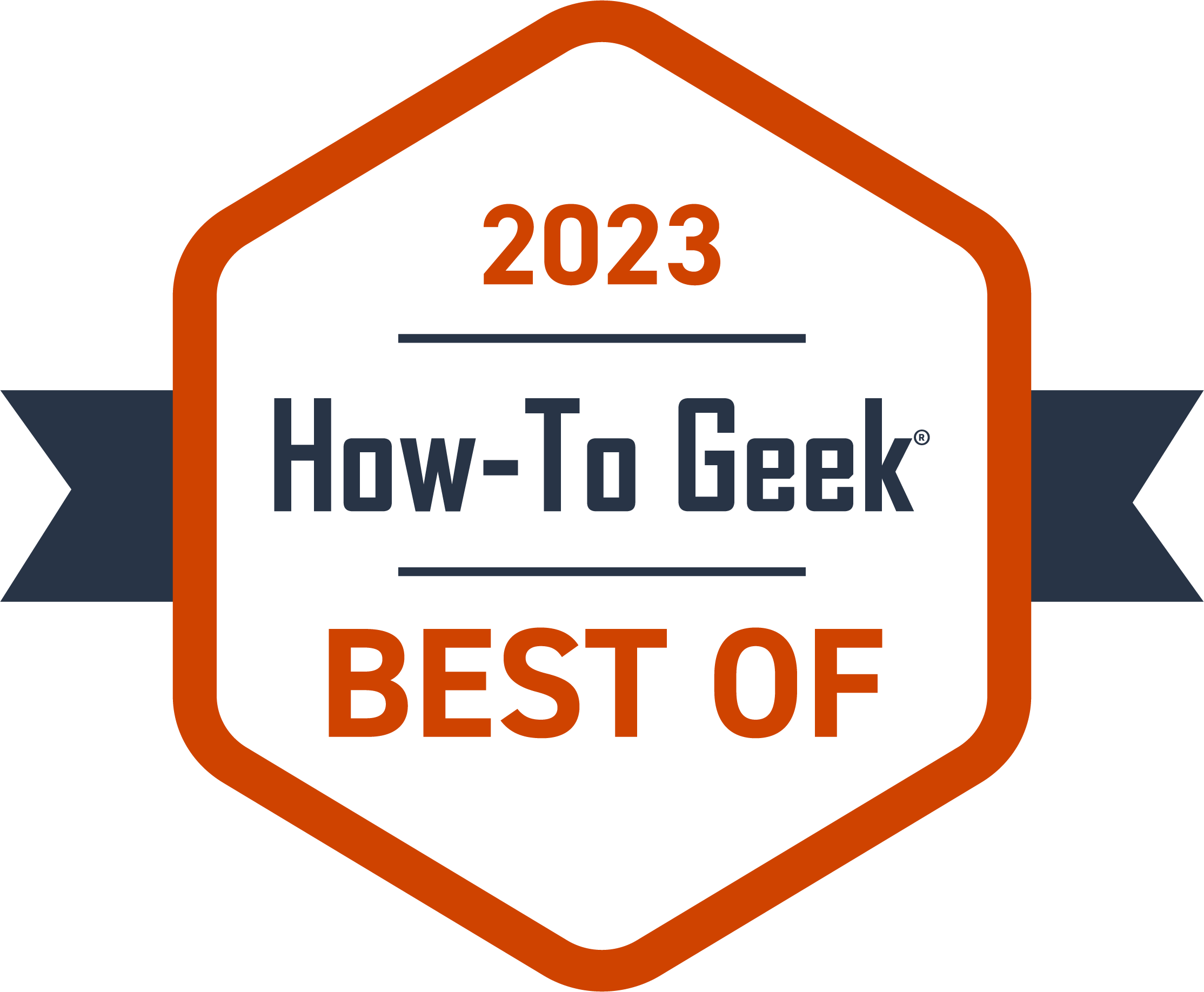
iPhone 15 Pro Max
The iPhone 15 Pro Max has it all; the latest A17 Pro chip with a 6-core GPU, a 6.7-inch Super Retina XDR display, and an excellent Pro camera system. This is finished with a titanium frame and textured matte glass back to warrant its place as the ultimate iPhone.
The Classic iPhone: iPhone 15
|
Pros |
Cons |
|---|---|
|
A16 Bionic chip |
Display limited to 60Hz |
|
USB-C charging |
Charging is not any faster |
|
48MP main camera |
Lacks Action button |
The iPhone 15 pushes the iPhone 14 to the side and steps in as the latest and greatest classic iPhone. You'll get a 6.1-inch 60Hz OLED display, Dynamic Island, and Apple's A16 Bionic chip. And now, of course, we say goodbye to the Lightning port, and hello to USB-C.
Camera-wise, you can expect a 48MP main camera, a serious step up from the 12MP one. With this, image quality improves, low-light photography is no longer a task, and portrait shots are a breeze. Priced the same as the iPhone 14 when it was released, the iPhone 15 costs $799 but starts with a minimum of 128GB storage capacity.
If you've been waiting to try out the new features from iOS 17, you'll be able to explore it all on the iPhone 15. This includes Interactive Widgets, StandBy, Dynamic Island, and more. Plus, there are a host of QoL improvements that make the upgrade worthwhile.
In this release, Apple has focused on a unique set of colors. The iPhone 15 is available in blue, pink, yellow, green, and black. The catch, however, is the pastel color palette. So long as you don't mind this, you can appreciate the new design and newly introduced aluminum frame that makes the device lighter yet more durable, much like the iPhone 15 Pro Max.
If you don't want to splash out on an iPhone 15 Pro or iPhone 15 Pro Max, you can still enjoy solid performance with Apple's slightly older A16 Bionic chip. While it's no match for the A17 Pro, it's still pretty impressive. For most users, this will be more than enough, along with a range of storage options, including 128GB, 256GB, and 512GB. Again, not as large as the Pro range, but generous enough.
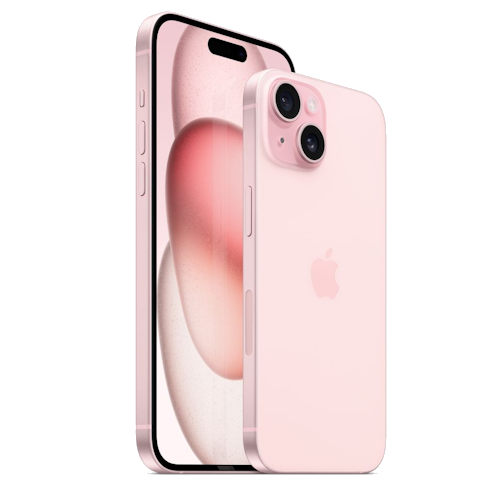

Apple iPhone 15
Sporting a gorgeous 6.1-inch display and a fantastic range of color options, the iPhone 15 is the latest in Apple's lineup of smartphones.
Best Budget iPhone: iPhone SE (2022)
|
Pros |
Cons |
|---|---|
|
Half the price of an iPhone 15 |
Old-style design lacks Face ID and edge-to-edge display |
|
A14 Bionic system-on-chip is fast and efficient |
Single camera, no optical zoom or ultra-wide |
|
5G support for faster mobile internet |
Could be jarring coming from a new-style iPhone |
|
Same great iPhone experience and app selection |
Apple introduced the third-generation iPhone SE (2022) in March 2022 at $429. It uses the A15 Bionic system-on-chip seen in the much more expensive iPhone 13. With a 4.7-inch display, the iPhone SE is the way to go if you are looking for a compact iPhone, especially in 2023 with Apple doing away with the iPhone Mini series.
Unlike newer iPhones that drop the home button and fingerprint scanner, the iPhone SE still has both. But there's no Face ID support and no edge-to-edge display, which can be jarring if you're coming from an iPhone with Apple's more modern design.
Despite the outdated form factor, the iPhone SE is still capable. The chip inside is fast enough to get everything done, there's 5G support for fast mobile internet, and the IPS display supports True Tone, a wide color gamut, and around 625 nits peak brightness. The single wide 12MP camera on the back and decent 7MP front-facing camera are ideal for still photos, videos, selfies, and video calling.
The third-generation iPhone SE improves on the last generation's quoted video playback by two hours thanks to the more efficient A15 Bionic, for 15 hours. You get a meter of water resistance for 30 minutes, and you can charge the iPhone SE wirelessly and charge to 50% in 30 minutes if you get a 20W or better charger.
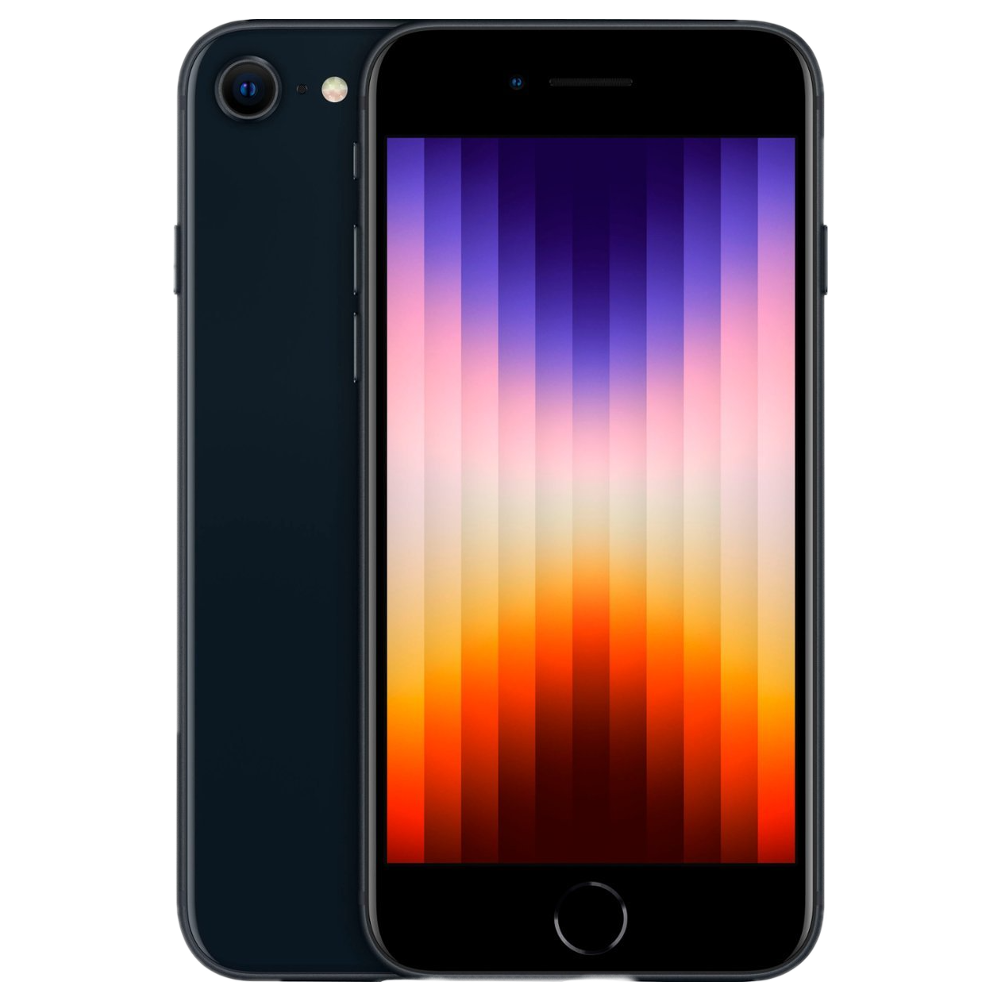

Apple iPhone SE (2022)
The iPhone SE offers a snappy but more traditional iPhone experience with a Home button and fingerprint scanner at around half the price of the iPhone 15.
Best iPhone Camera: iPhone 15 Pro/iPhone 15 Pro Max
|
Pros |
Cons |
|---|---|
|
A17 Pro chip |
Higher starting price compared to the previous year |
|
48MP Pro camera system |
Charging somewhat slower than competitor models |
|
Telephoto camera included |
|
|
6-Core GPU |
The iPhone 15 Pro and iPhone 15 Pro Max are the latest flagship smartphones from Apple that promise to redefine mobile photography and offer a host of other exciting features. Like all of its models in the iPhone 15 range, Apple has managed to strike a balance between form and function with the iPhone 15 Pro Max. Featuring a titanium build, you get a luxurious phone that's lightweight and durable.
Under the hood, the iPhone 15 Pro Max is powered by the world's first 3nm processor, the A17 Pro. This chipset ensures blazing-fast performance, enabling console-like graphics for gaming and seamless multitasking. But what really shines and is the star of the show is undoubtedly the Pro camera system that comes with the iPhone 15 Pro/Pro Max models.
Apple has made significant strides in this department, especially when it comes to zoom capabilities. The main camera now boasts a larger 48MP sensor, which, by default, captures 24MP photos. However, photographers can choose to shoot in 48MP HEIF or ProRAW for more creative control. The camera also has the ability to sense depth information. This means you no longer need to engage portrait mode to capture stunning portraits of people or pets.
The iPhone 15 Pro Max closes the gap with competitors by introducing a 5x optical zoom, up from 3x on the previous model. With a maximum digital zoom of 25x, users can get closer to their subjects than ever before, ensuring that no moment goes uncaptured, no matter how distant. For videographers, Cinematic mode now supports digital zoom up to 3x, allowing for dynamic and professional-looking shots.
If you're thinking about upgrading to the iPhone 15 Pro/Pro Max, you'll be pleasantly surprised and met with a lightweight titanium design, Action button, and a powerful A17 Pro chip. In addition, the Pro camera system, with a versatile main camera, exceptional zoom capabilities, and video enhancements, makes it the go-to device for creators and photography enthusiasts alike.


iPhone 15 Pro Max
With an impressive Pro camera system, the iPhone 15 Pro Max couples a large and stunning display with a 48MP main camera, 5x optical zoom, and plenty of other features you won't want to say no to.
Best Battery Life: iPhone 15 Pro Max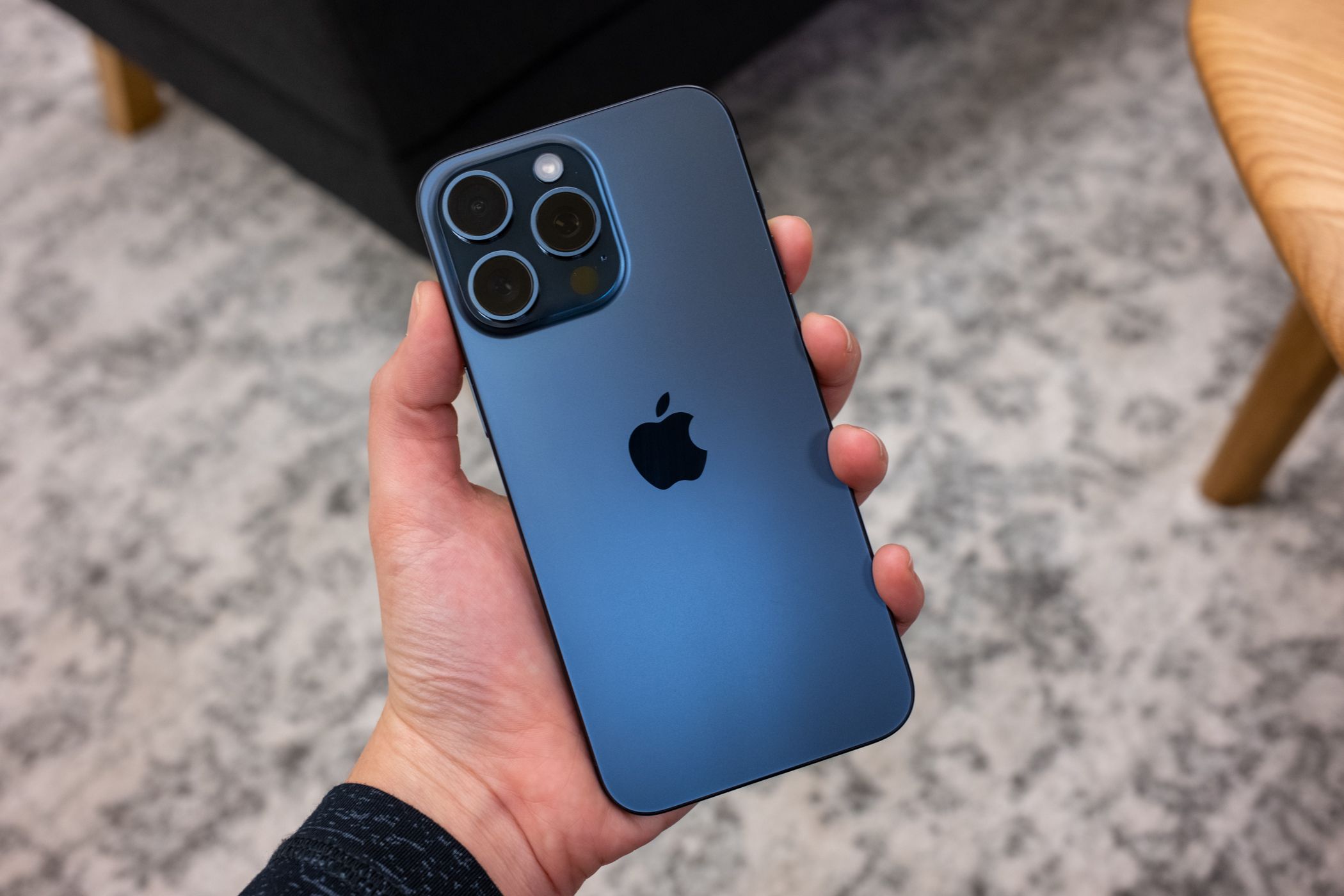
|
Pros |
Cons |
|---|---|
|
Up to 29 hours of video playback |
The most expensive iPhone |
|
Beautiful 6.7-inch OLED display |
Charging speeds haven't increased |
|
Features Dynamic Island |
|
|
Class-leading camera performance |
The iPhone 15 Pro Max offers up to 29 hours of video playback on a single charge. This is a significant increase over the iPhone SE at 15 hours and the iPhone 15 at 26 hours. If you need your iPhone's battery to last throughout the day and then some, the iPhone 15 Pro Max is the option to go for.
The iPhone 15 Pro Max is, as you would expect, compatible with MagSafe cases, wallets, and chargers. It also supports fast charging, so you can regain 50% of your iPhone's battery in a little over half an hour with a compatible 20W adapter. And, of course, now, the iPhone 15 Pro Max supports USB 3.0 via a USB-C connector. For those who need fast data transfers, you can expect speeds of up to 10Gb/s.
It may come as a surprise to some users that the iPhone 15 Pro Max is capable of offering such incredible battery life. When you consider this device comes equipped with Apple's A17 Pro chip, a 6-core GPU, a 48MP Pro camera system, and a 6.7-inch OLED display with 2000 nits of peak brightness, it's pretty impressive.
While the iPhone 15 Pro and iPhone 15 models do include many of the same features, the iPhone 15 Pro Max does have the upper edge in a lot of key areas like its 120Hz refresh rate, latest chip, and battery life. If you're going to invest in the latest iPhone 15 series, why not go all-out and get the flagship model so you don't miss out?


iPhone 15 Pro Max
Enjoy your iPhone 15 Pro Max all day and then some, thanks to its generous battery life that can support up to 29 hours of video playback.
FAQ
How is the iPhone 15 different from the iPhone 14?
There are several upgrades to enjoy on the iPhone 15 when compared to the iPhone 14. The iPhone 15 includes Dynamic Island, a new A16 bionic chip, a 48MP main camera, 4x optical zoom, and the switch to USB-C.
Is it better to buy my iPhone unlocked, or with a carrier?
Most people find an unlocked iPhone more beneficial. For example, if you already have a contract with a carrier, it's easy to transfer your SIM across to an unlocked iPhone. While unlocked iPhones don't get the benefit of carrier deals and monthly payments like locked iPhones, they do work with almost any carrier and are the best option if you travel frequently internationally.
Can I transfer my Android apps and settings to an iPhone?
On your Android device, you can download the Move to iOS app on it via the Play Store. This app makes it easier to transfer data from your Android to your iOS device.
How do I factory reset an iPhone?
Before attempting to factory reset your iPhone, you should always ensure you have backed up your device so you can restore your settings and data later.
To reset an iPhone, navigate to Settings > General > Transfer or Reset iPhone.
Does the iPhone 15 use Lightning cables for charging?
The iPhone 15 is the first iPhone to introduce USB-C charging. You will no longer be able to use a Lightning cable to charge your iPhone.

